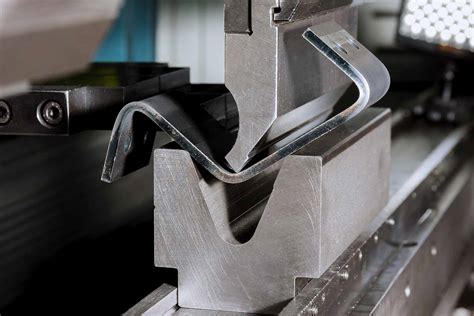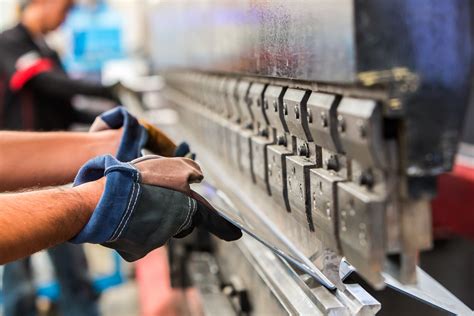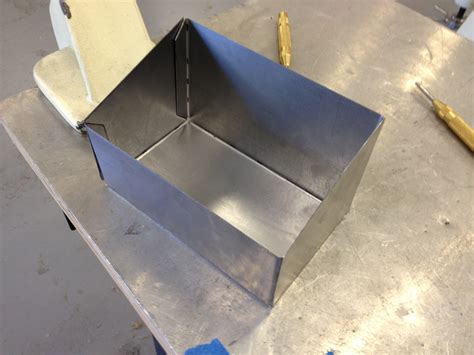box metal fomation Fabricating a sheet metal box involves transforming a flat sheet of metal into a three-dimensional structure with sides and a bottom. This process requires precision, careful planning, and the use of various techniques. It looks like it's plenty wide enough to cover opening but is off center. I could be wrong but the fixture looks at least 4" wide or maybe a little more. If it does need covered: One idea is to remove fixture, make a base for it out of non-combustible material. Basically fabricate a ceiling plate about 2" wider on all sides.
0 · what is metal forming
1 · sheet metal forming
2 · sheet metal box fabrication
3 · sheet metal box design
4 · making sheet metal boxes
5 · how to fabricate sheet metal box
It is controlled by a Intermatic basic T101 timer with metal box located on an outside wall. Wiring diagram inside cover only shows a 110 volt hook up. It seems like I should replace it with a 220 volt timer with a raintight enclosure.
To fabricate a sheet metal box, you will need a sheet metal of your desired thickness, a metal shear or snips, a metal brake, a drill press or hand drill, a deburring tool, a tape measure, a square, and safety equipment such as . Fabricating a sheet metal box involves transforming a flat sheet of metal into a three-dimensional structure with sides and a bottom. This process requires precision, careful planning, and the use of various techniques. Essential sheet metal forming techniques such as bending, curling and ironing are used to transform flat sheets into intricately shaped components. Advanced tools and technologies in sheet metal forming provide increased . This article delves into the basics and best practices of mastering sheet metal box design, providing readers with the right skills for making efficient, functional, and aesthetically .
Metal forming stands as a cornerstone in the realm of manufacturing, a process as ancient as it is pivotal in modern industry. At its core, metal forming involves the manipulation of metal into desired shapes and sizes through various .Most metal items you see and use today are created through different metal forming processes. From heavy scaffolding to simple steel benches, everything goes through metal forming at one point or another.
Our box forming systems are used to produce monolithic bases, extended bases, risers, combinations or bases and risers and slab tops. The forms are custom-designed to accommodate a wide range of sizes. Understanding the most common metal-forming techniques is key for both manufacturers and buyers of formed metal components. In this article, we’ll review the definitions, workings, applications, advantages, and . Get the inside scoop on sheet metal forming techniques and equipment used in the industry. Learn about the latest technology and tools to streamline your production process. To fabricate a sheet metal box, you will need a sheet metal of your desired thickness, a metal shear or snips, a metal brake, a drill press or hand drill, a deburring tool, a tape measure, a square, and safety equipment such as safety glasses and gloves.
Metal forging is a manufacturing process in which metal is shaped by compressive forces applied through various tools, such as hammers or presses. This process can be performed at different temperatures, resulting in either hot forging, warm forging, or cold forging. Fabricating a sheet metal box involves transforming a flat sheet of metal into a three-dimensional structure with sides and a bottom. This process requires precision, careful planning, and the use of various techniques. Essential sheet metal forming techniques such as bending, curling and ironing are used to transform flat sheets into intricately shaped components. Advanced tools and technologies in sheet metal forming provide increased productivity, cost efficiency, flexibility & . This article delves into the basics and best practices of mastering sheet metal box design, providing readers with the right skills for making efficient, functional, and aesthetically pleasing designs.
Metal forming stands as a cornerstone in the realm of manufacturing, a process as ancient as it is pivotal in modern industry. At its core, metal forming involves the manipulation of metal into desired shapes and sizes through various techniques without removing any material.
what is metal forming

sheet metal forming
Most metal items you see and use today are created through different metal forming processes. From heavy scaffolding to simple steel benches, everything goes through metal forming at one point or another.Our box forming systems are used to produce monolithic bases, extended bases, risers, combinations or bases and risers and slab tops. The forms are custom-designed to accommodate a wide range of sizes.

Understanding the most common metal-forming techniques is key for both manufacturers and buyers of formed metal components. In this article, we’ll review the definitions, workings, applications, advantages, and disadvantages of 5 common metal-forming processes.
Get the inside scoop on sheet metal forming techniques and equipment used in the industry. Learn about the latest technology and tools to streamline your production process. To fabricate a sheet metal box, you will need a sheet metal of your desired thickness, a metal shear or snips, a metal brake, a drill press or hand drill, a deburring tool, a tape measure, a square, and safety equipment such as safety glasses and gloves. Metal forging is a manufacturing process in which metal is shaped by compressive forces applied through various tools, such as hammers or presses. This process can be performed at different temperatures, resulting in either hot forging, warm forging, or cold forging.
Fabricating a sheet metal box involves transforming a flat sheet of metal into a three-dimensional structure with sides and a bottom. This process requires precision, careful planning, and the use of various techniques. Essential sheet metal forming techniques such as bending, curling and ironing are used to transform flat sheets into intricately shaped components. Advanced tools and technologies in sheet metal forming provide increased productivity, cost efficiency, flexibility & . This article delves into the basics and best practices of mastering sheet metal box design, providing readers with the right skills for making efficient, functional, and aesthetically pleasing designs.
Metal forming stands as a cornerstone in the realm of manufacturing, a process as ancient as it is pivotal in modern industry. At its core, metal forming involves the manipulation of metal into desired shapes and sizes through various techniques without removing any material.Most metal items you see and use today are created through different metal forming processes. From heavy scaffolding to simple steel benches, everything goes through metal forming at one point or another.Our box forming systems are used to produce monolithic bases, extended bases, risers, combinations or bases and risers and slab tops. The forms are custom-designed to accommodate a wide range of sizes.
Understanding the most common metal-forming techniques is key for both manufacturers and buyers of formed metal components. In this article, we’ll review the definitions, workings, applications, advantages, and disadvantages of 5 common metal-forming processes.

sheet metal box fabrication

mr steele fpv subscription box
Cardboard and corrugated boxes might look similar to the untrained eye, but they have distinct differences in terms of strength, durability, uses, and manufacturing processes. Let’s delve deeper into these differences to help you make an informed decision for .
box metal fomation|what is metal forming